Cities have become unexpected habitats for a variety of animals. These creatures have adapted to the hustle and bustle of urban life, finding food and shelter in the most unlikely places. With shrinking natural environments, they’ve learned to thrive in human-dominated landscapes. Here are some animals that have made cities their home.
Pigeon
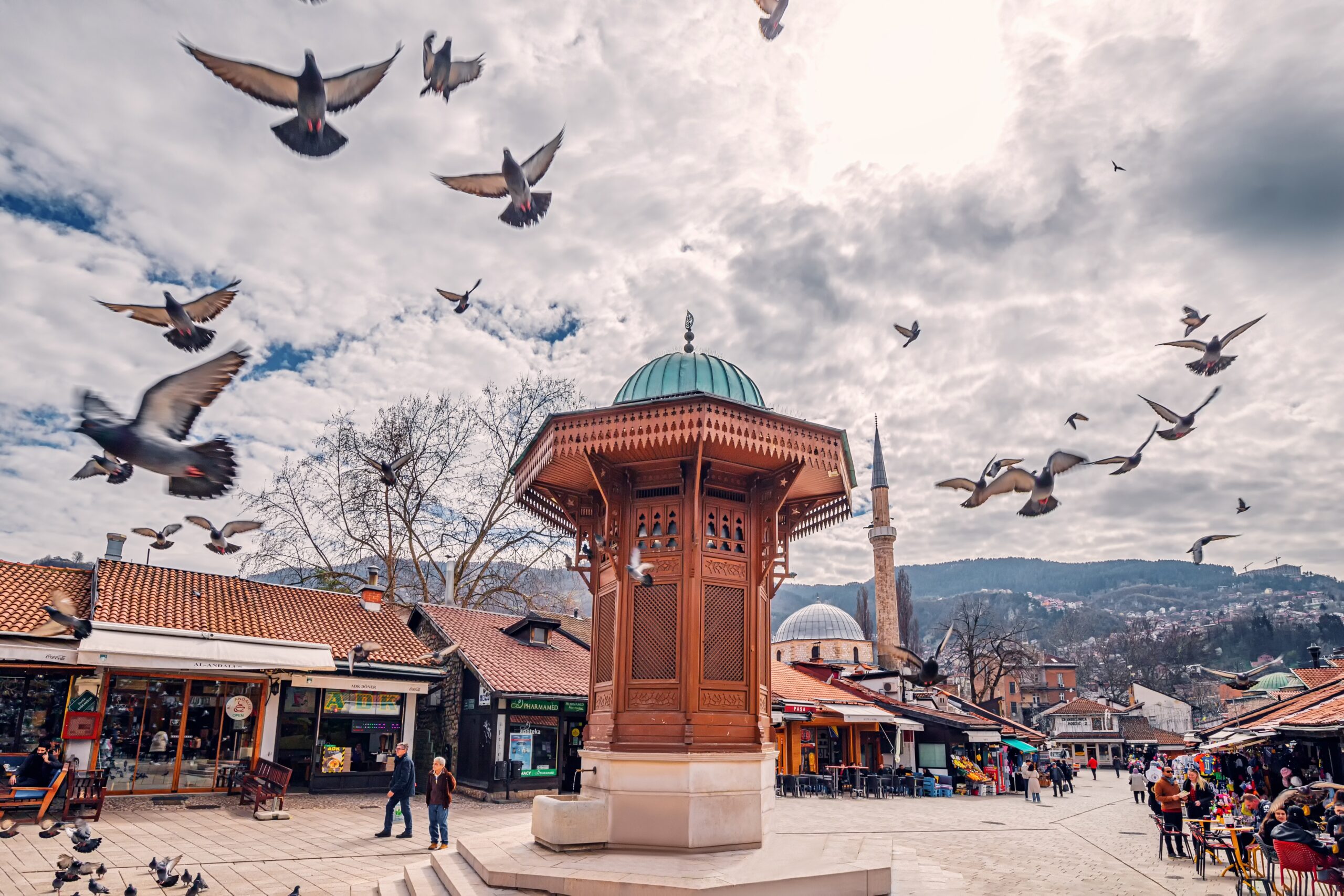
Pigeons are among the most common city dwellers. They thrive in urban areas, finding plenty of food scraps. Their nesting sites are often building ledges or under bridges. Pigeons have adapted well to noisy, crowded environments. They also exhibit strong homing instincts, navigating cities with ease.
Rat
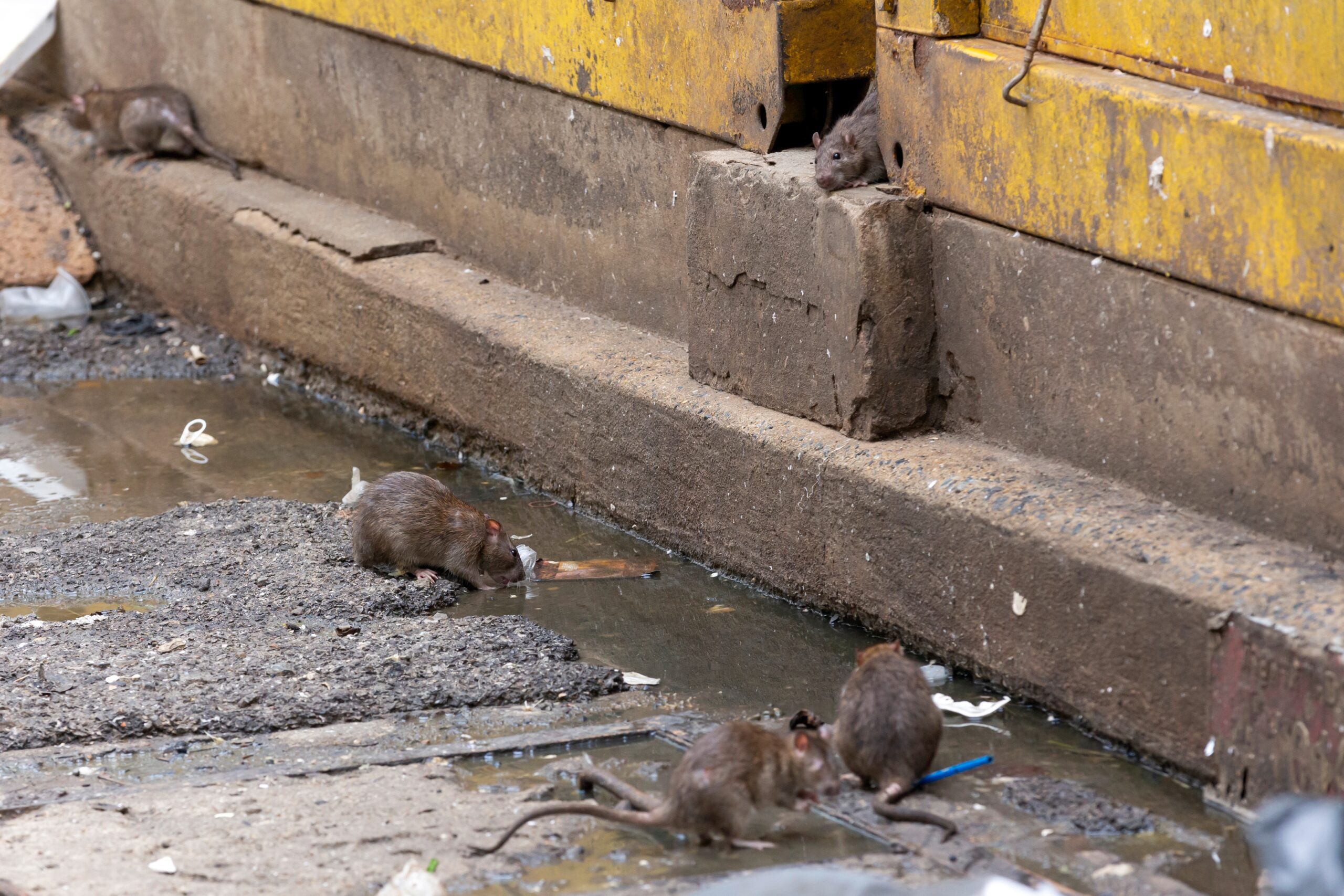
Rats are notorious survivors in cities worldwide. They find shelter in sewers, basements, and even alleyways. Their adaptability to different food sources makes them resilient. They reproduce quickly, which helps their population grow. Urban rats are masters at scavenging and avoiding predators.
Raccoon
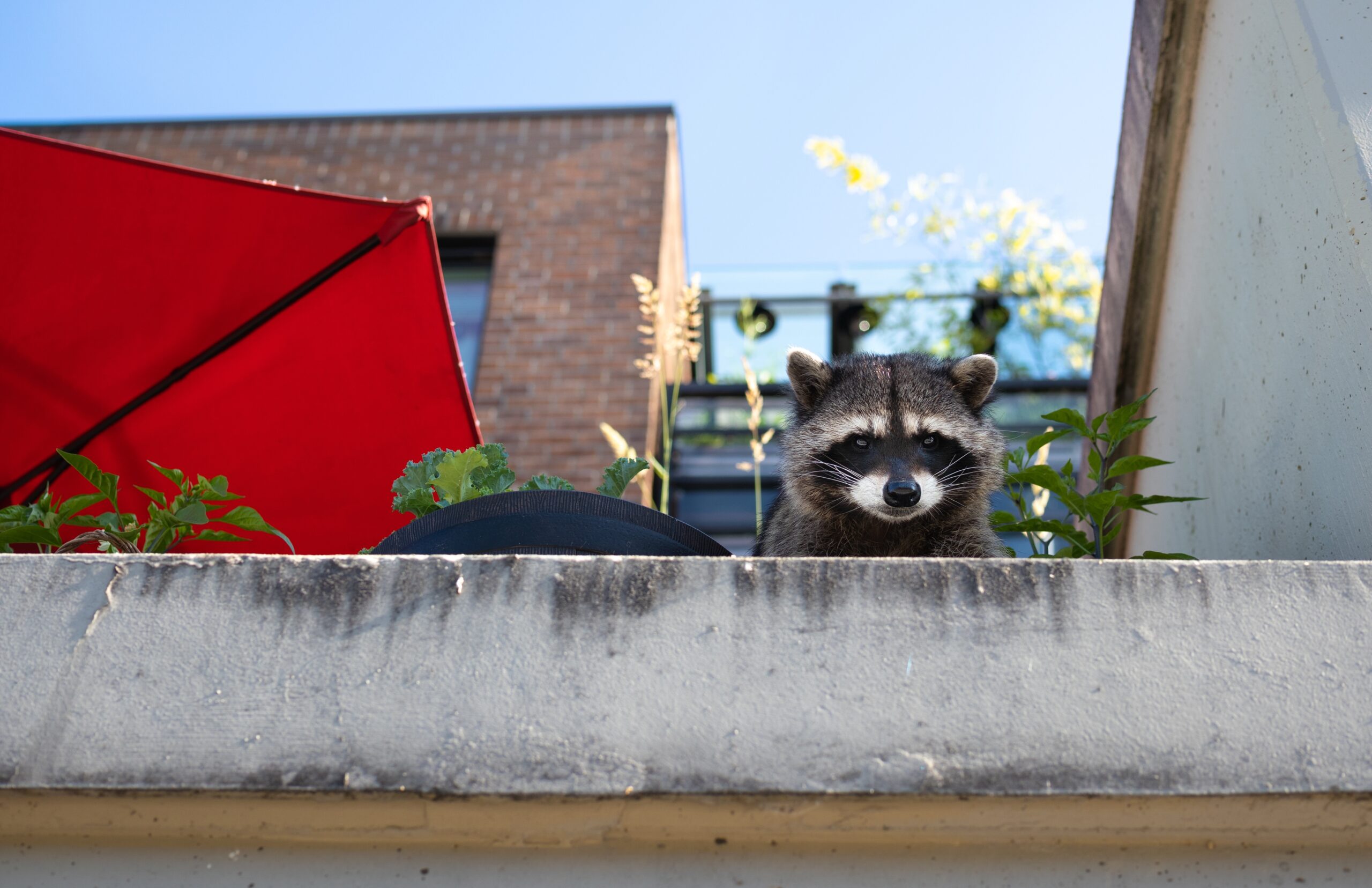
Raccoons are highly intelligent animals known for their adaptability. They find food in trash bins, making cities perfect for their foraging. Raccoons are excellent climbers, using trees, poles, and fences to navigate urban spaces. They create dens in attics or crawl spaces. Their nocturnal habits allow them to avoid human activity.
Coyote
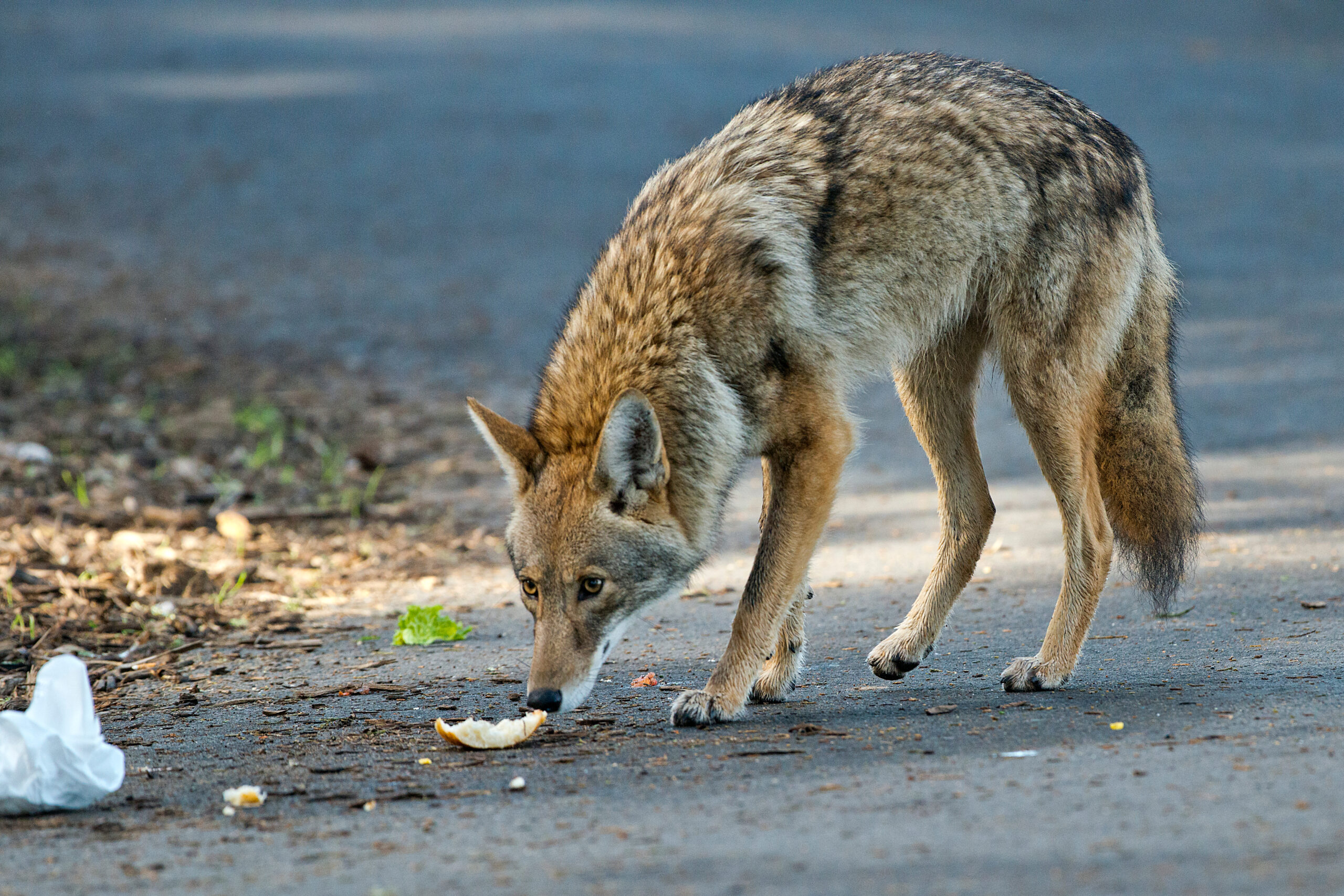
Coyotes have successfully made their way into cities across North America. They are opportunistic feeders, finding food in parks, trash cans, and even hunting small animals. Coyotes are highly adaptable, often avoiding human interaction. They navigate through green spaces and suburbs with ease. Despite being wild animals, they have found a way to coexist with urban life.
Fox
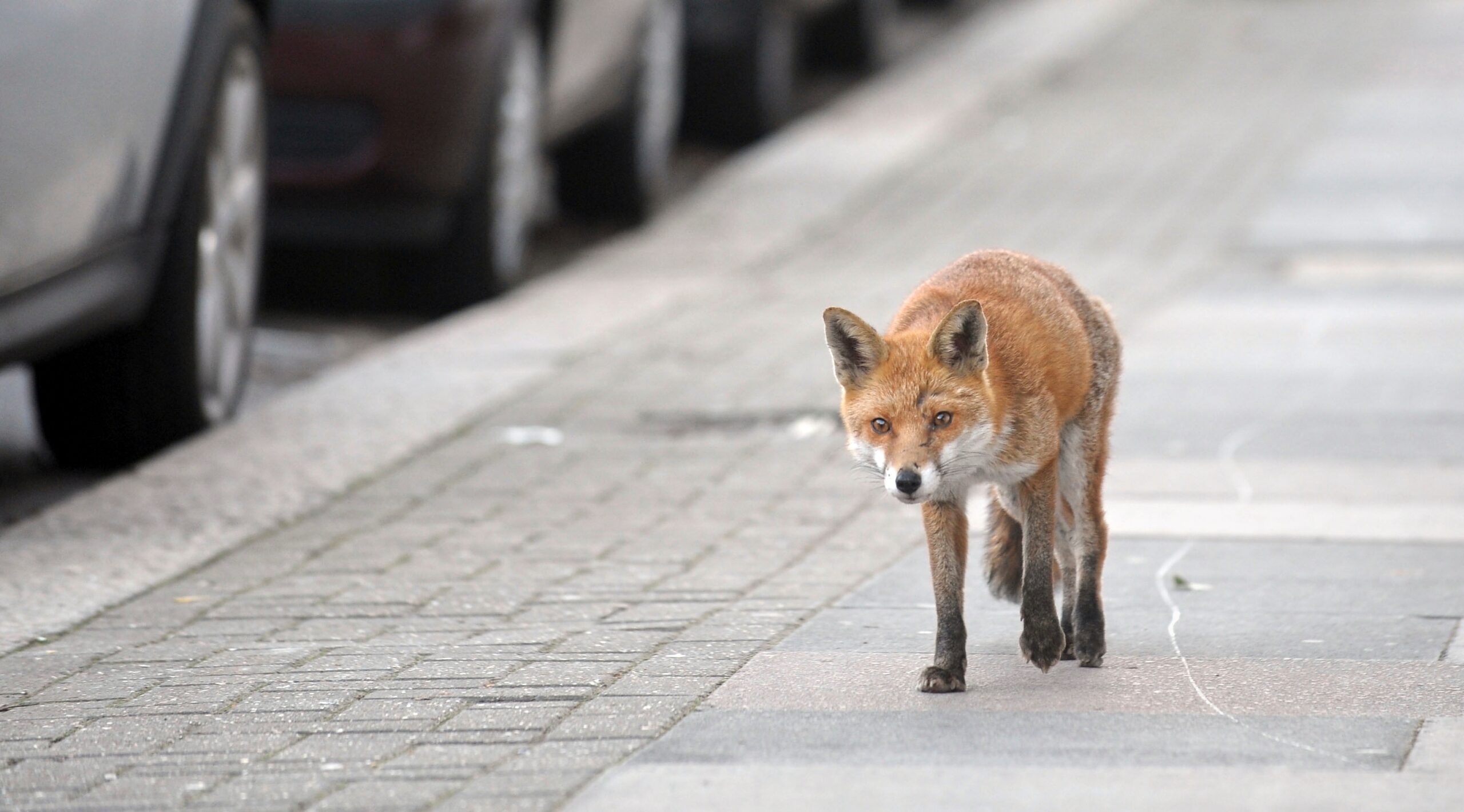
Urban foxes are becoming increasingly common in cities. They are scavengers, feeding on garbage and rodents. Foxes are agile and can easily move through city streets and backyards. They use hedges, gardens, and even old buildings for shelter. Foxes are mostly active at night, reducing their encounters with humans.
Squirrel
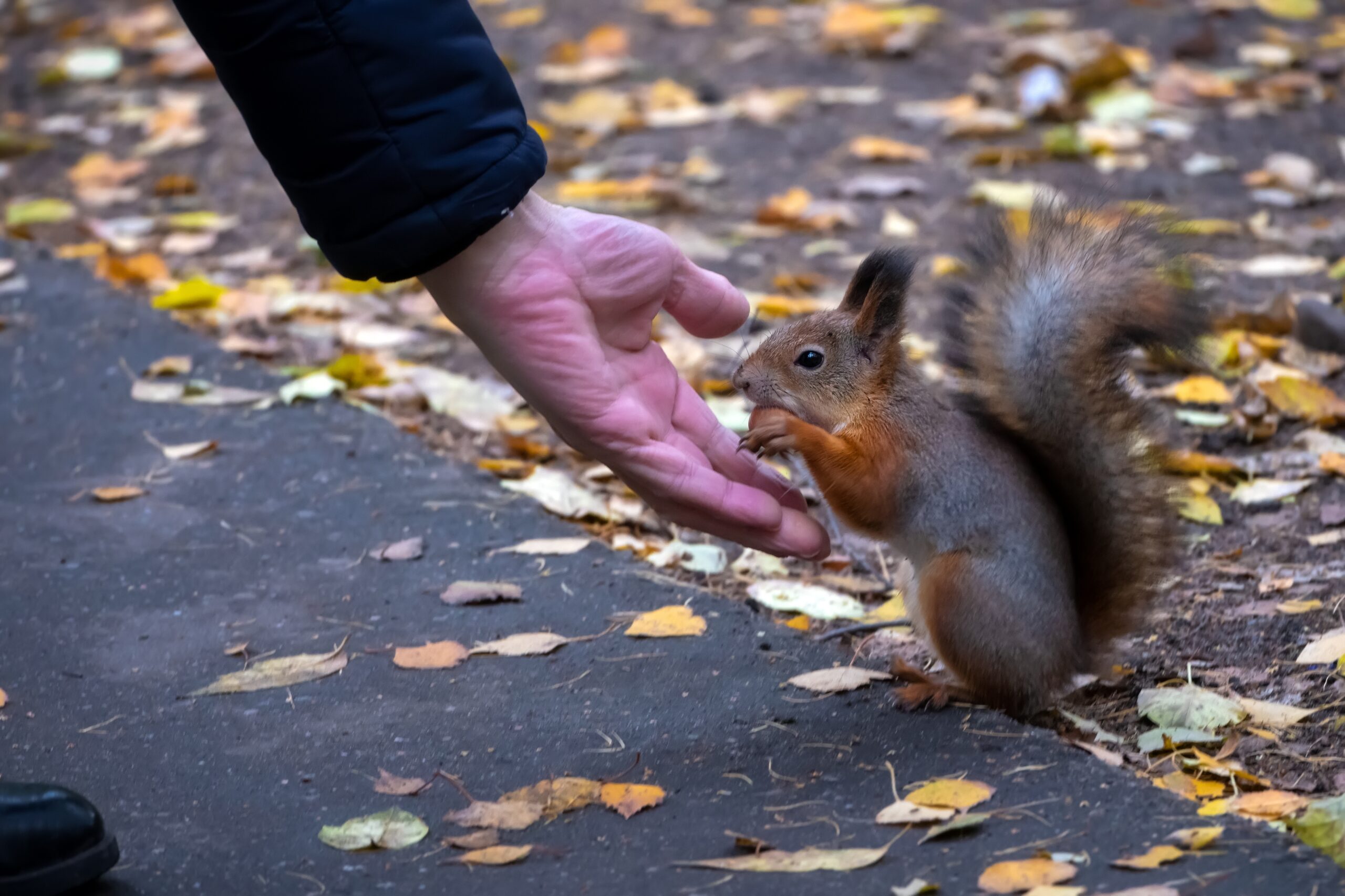
Squirrels have thrived in urban environments due to the abundance of trees and food. They nest in parks, gardens, and on buildings. Squirrels are excellent climbers, often seen leaping from tree to tree. Their diet includes nuts, seeds, and even human food. They’ve adapted well to the presence of people and traffic.
Crow
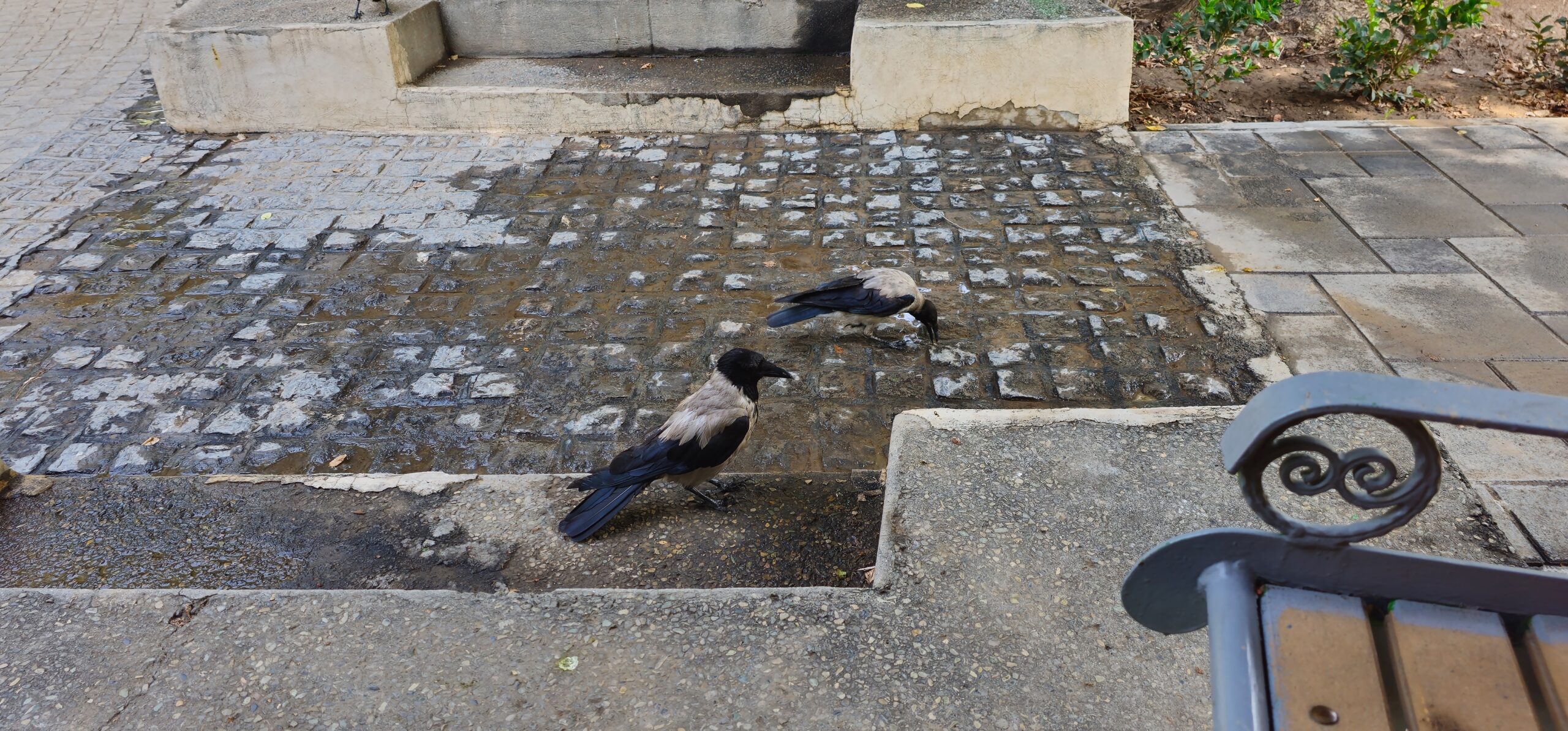
Crows are highly intelligent birds that have adapted to urban settings. They scavenge for food in trash, parks, and streets. Crows are known to use tools and problem-solve to access food. They build nests on tall structures like telephone poles. Crows are social creatures and often gather in large groups in cities.
Sparrow
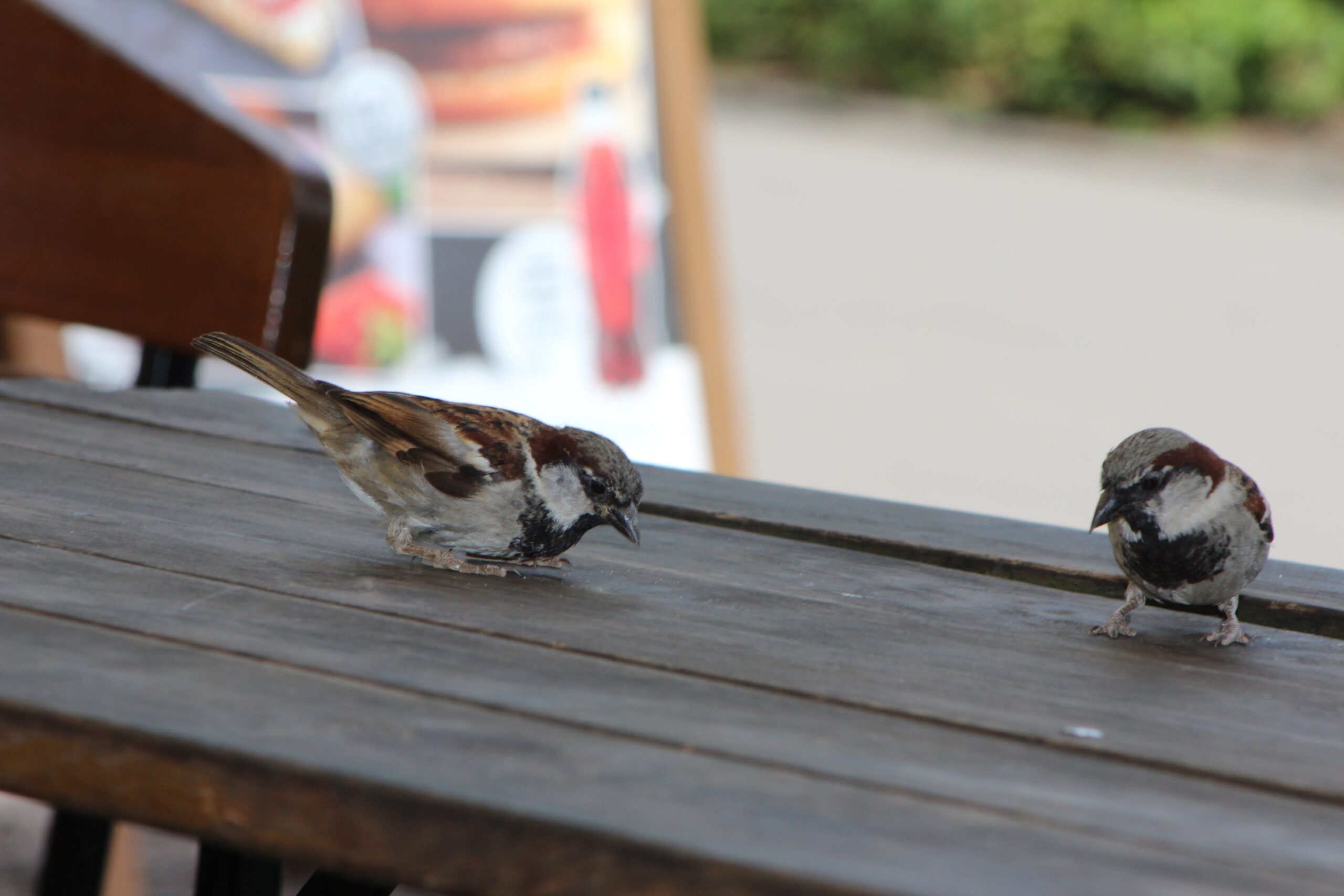
Sparrows are small birds that thrive in urban environments. They nest in crevices, gutters, and rooftops. Sparrows feed on insects, seeds, and food scraps found in cities. Their small size and adaptability help them blend into urban landscapes. They’re often seen in parks and around busy streets.
Peregrine Falcon
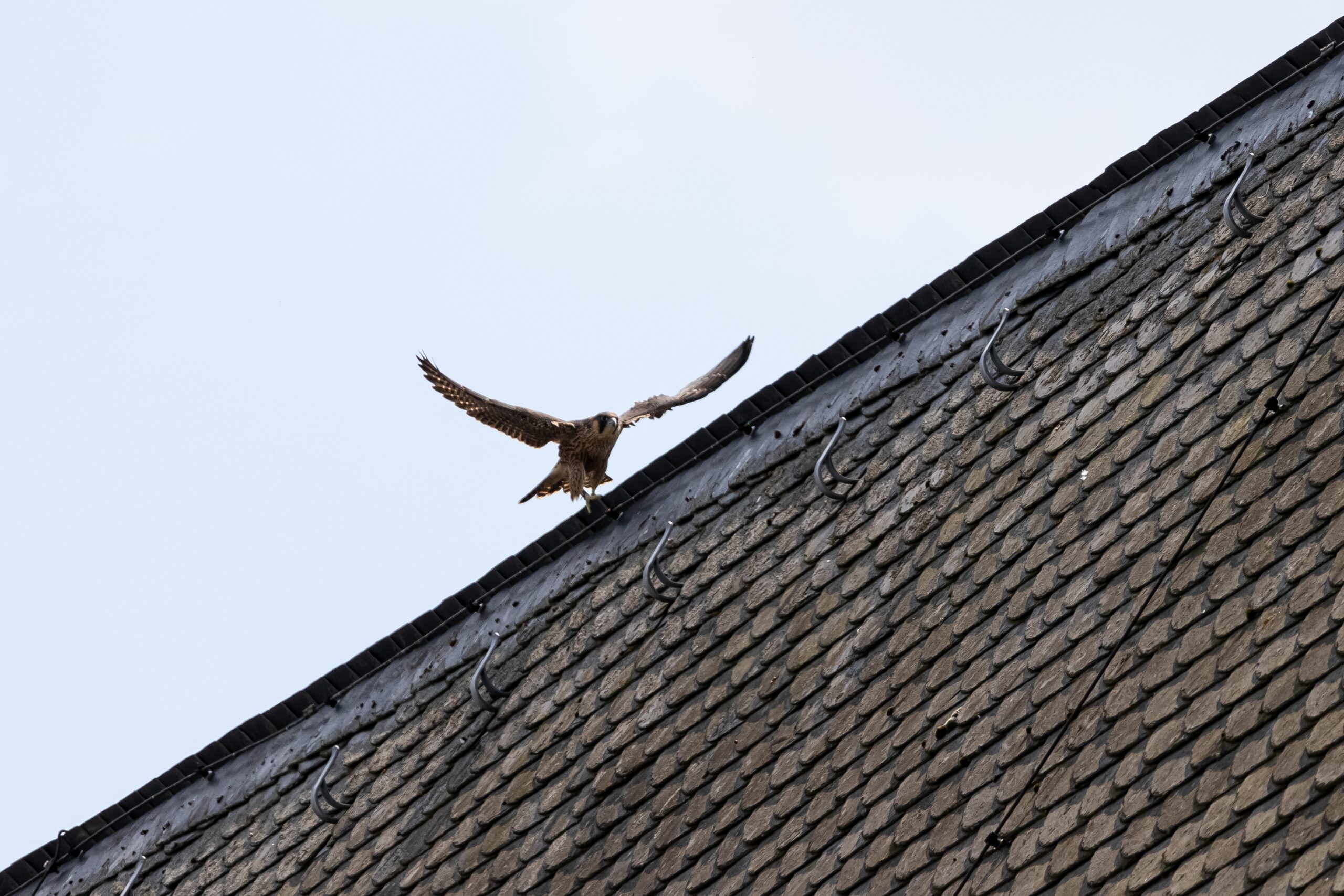
Peregrine Falcons have found a surprising home in cities. They nest on tall buildings, which mimic the cliffs they prefer in the wild. Cities provide plenty of prey, such as pigeons and other small birds. These falcons are fast and agile hunters, well-suited for urban skies. They have made an impressive recovery from endangerment, aided by their adaptability to city life.
Skunk
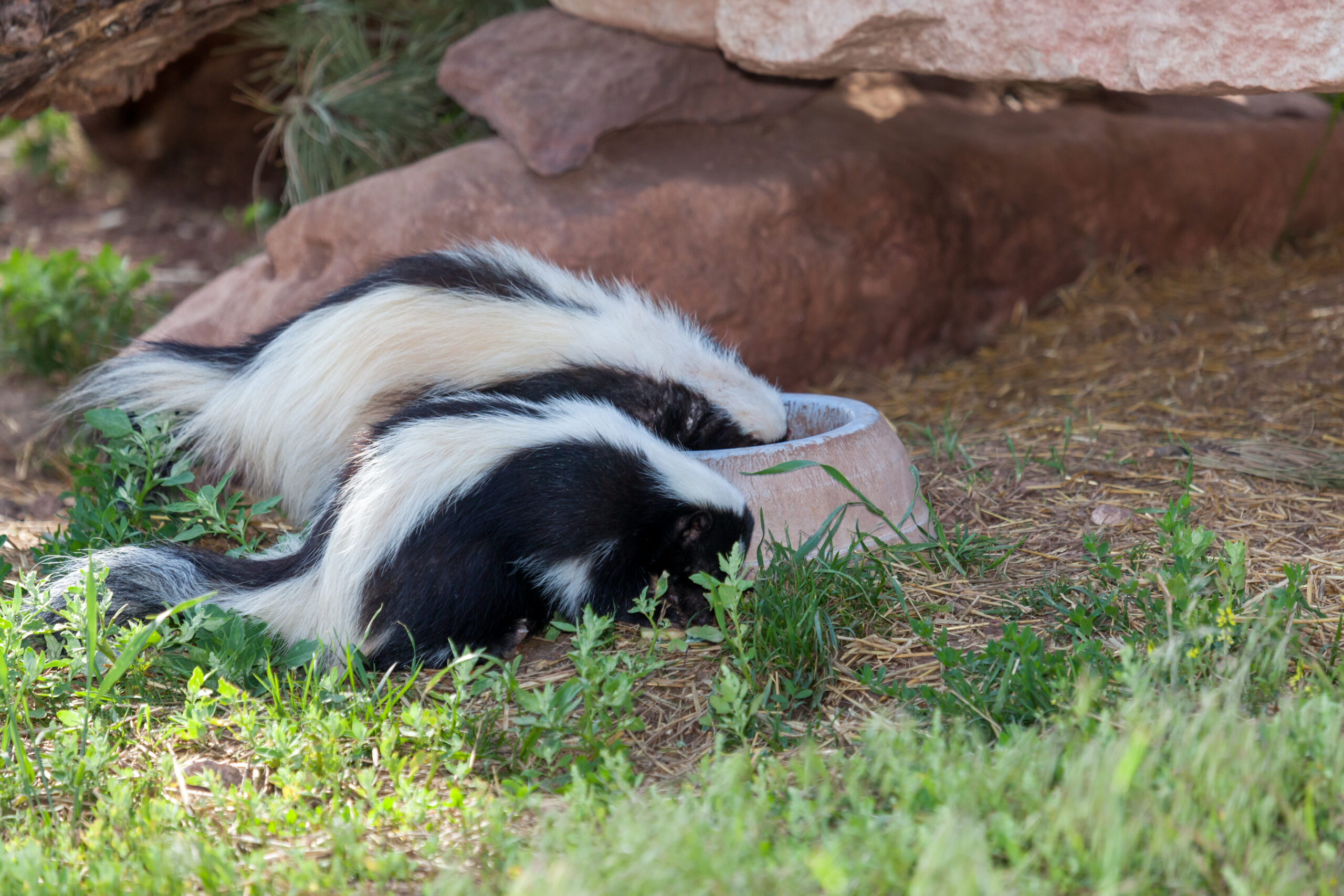
Skunks have adapted to urban living by finding shelter under decks, sheds, and garages. They forage at night, often digging through trash for food. Skunks are known for their strong scent, which helps them deter predators in the city. They’re generally non-confrontational and prefer to avoid human interaction. Skunks can thrive in both urban and suburban environments.
Opossum
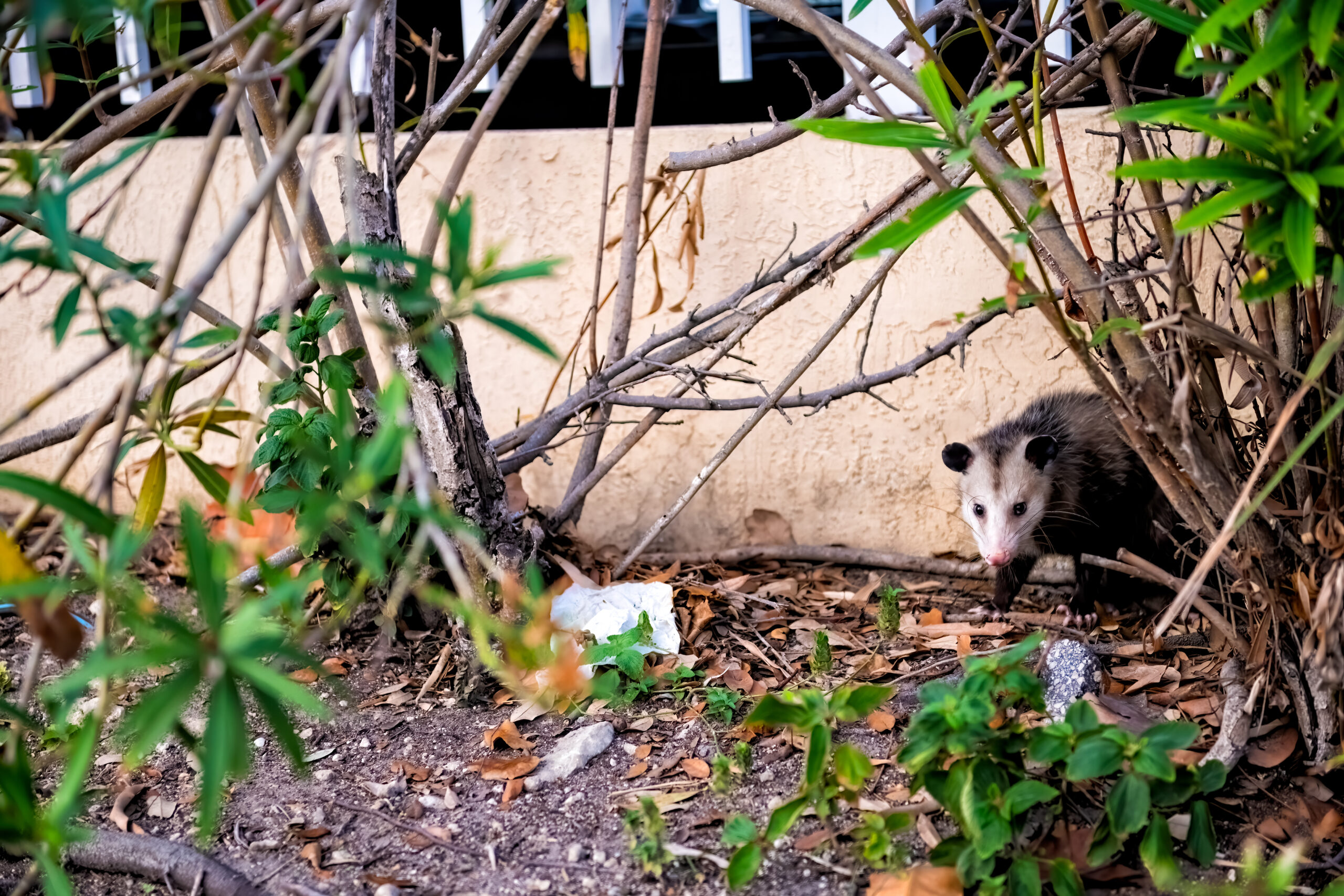
Opossums are nocturnal creatures that have adapted well to urban life. They find shelter under decks, in garages, or even inside attics. Opossums are scavengers, feeding on garbage, fruits, and small animals. Their ability to play dead helps them avoid predators in the city. They are generally shy and non-aggressive, avoiding conflict with humans.
Stray Dog
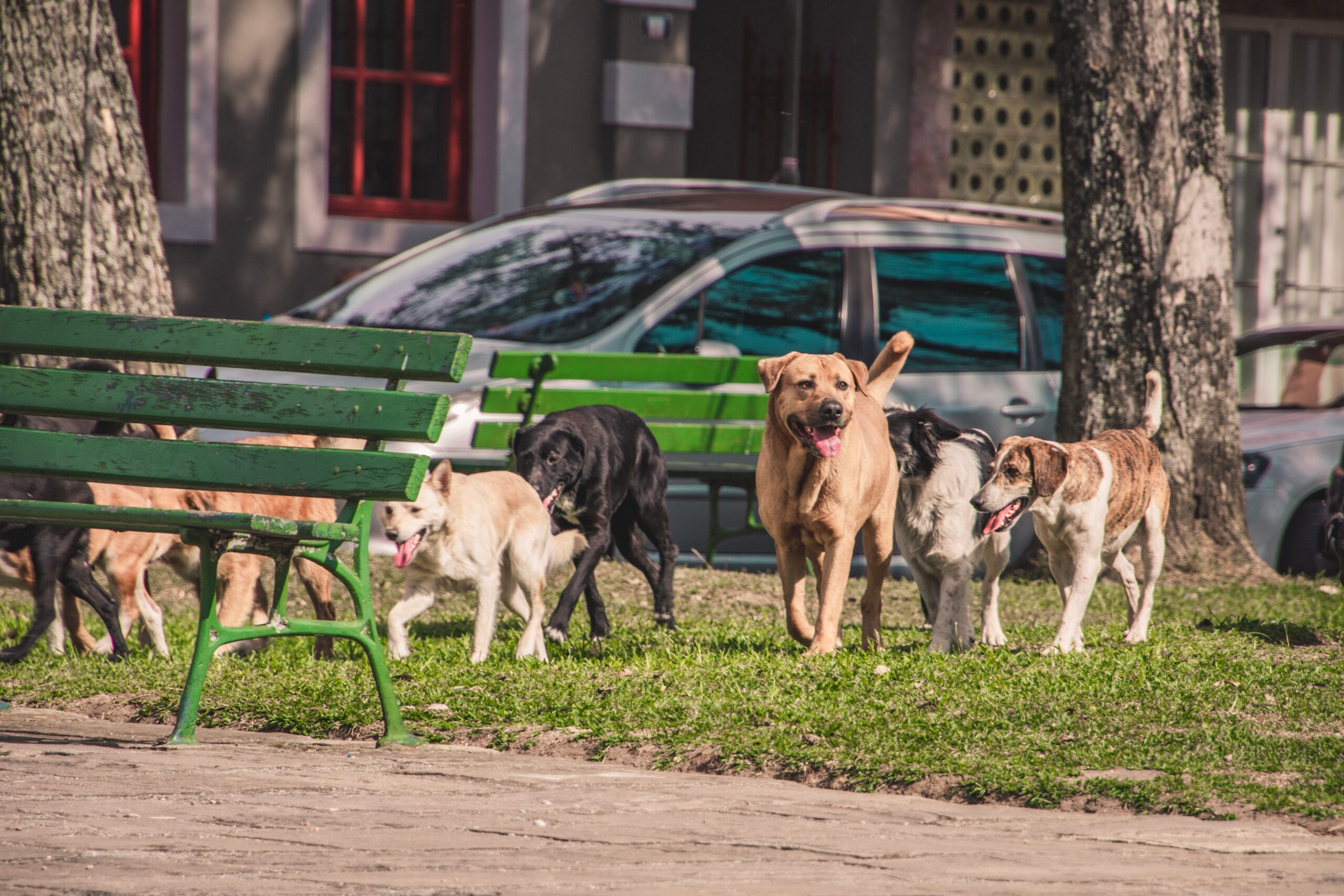
Stray dogs are common in many cities, often forming packs for protection. They rely on scavenging for food, making use of trash bins and handouts from people. Stray dogs are resourceful, using abandoned buildings or parks as shelter. Their social nature helps them survive in groups. Despite their harsh conditions, many are surprisingly resilient and adaptable.
Stray Cat
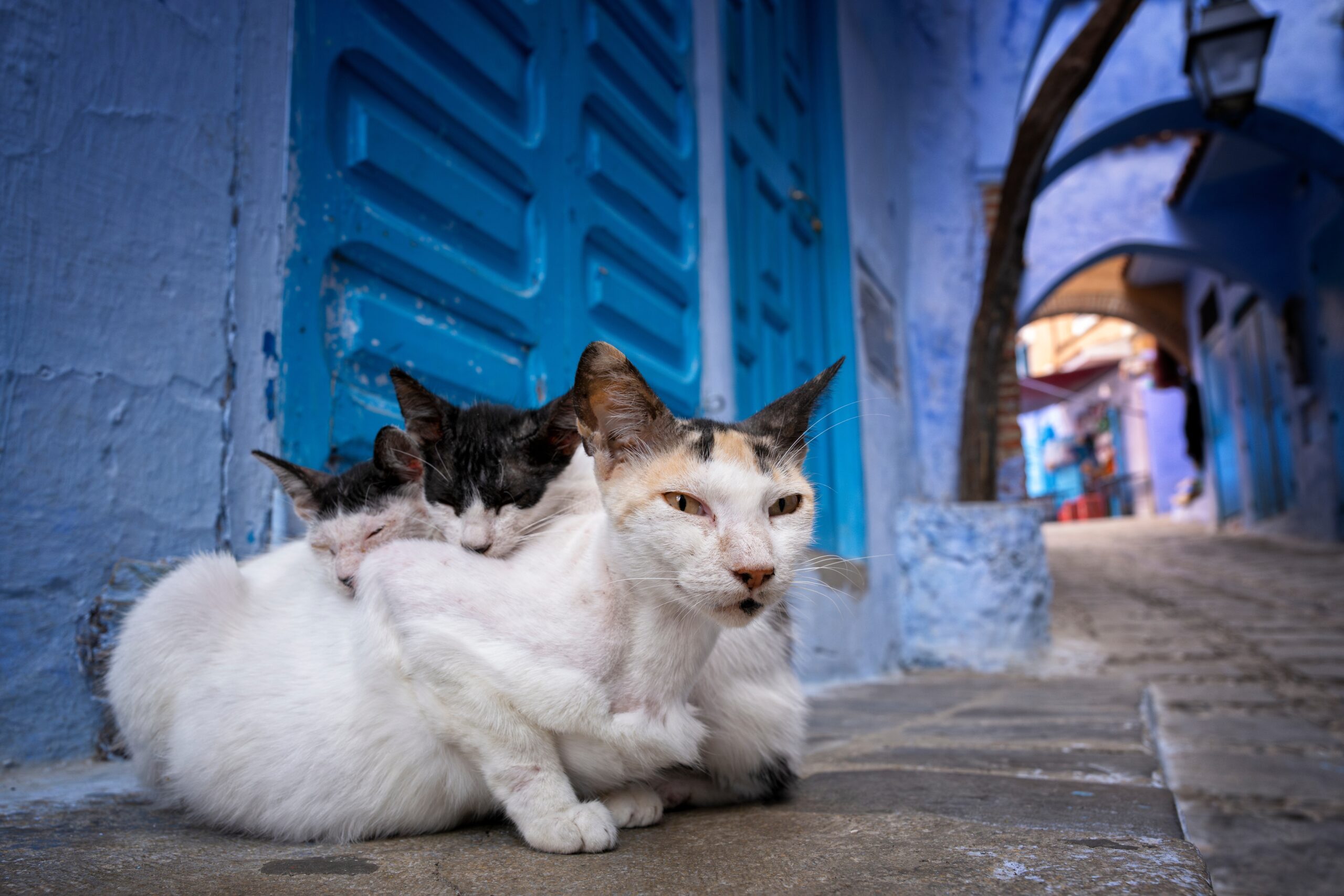
Stray cats thrive in urban environments by hunting small rodents and birds. They are skilled at finding shelter in alleys, under cars, or in abandoned structures. Stray cats are highly independent, often relying on their instincts for survival. They are nocturnal, which allows them to avoid human interaction. Many stray cats adapt quickly to city life, often forming colonies for mutual support.
Seagull
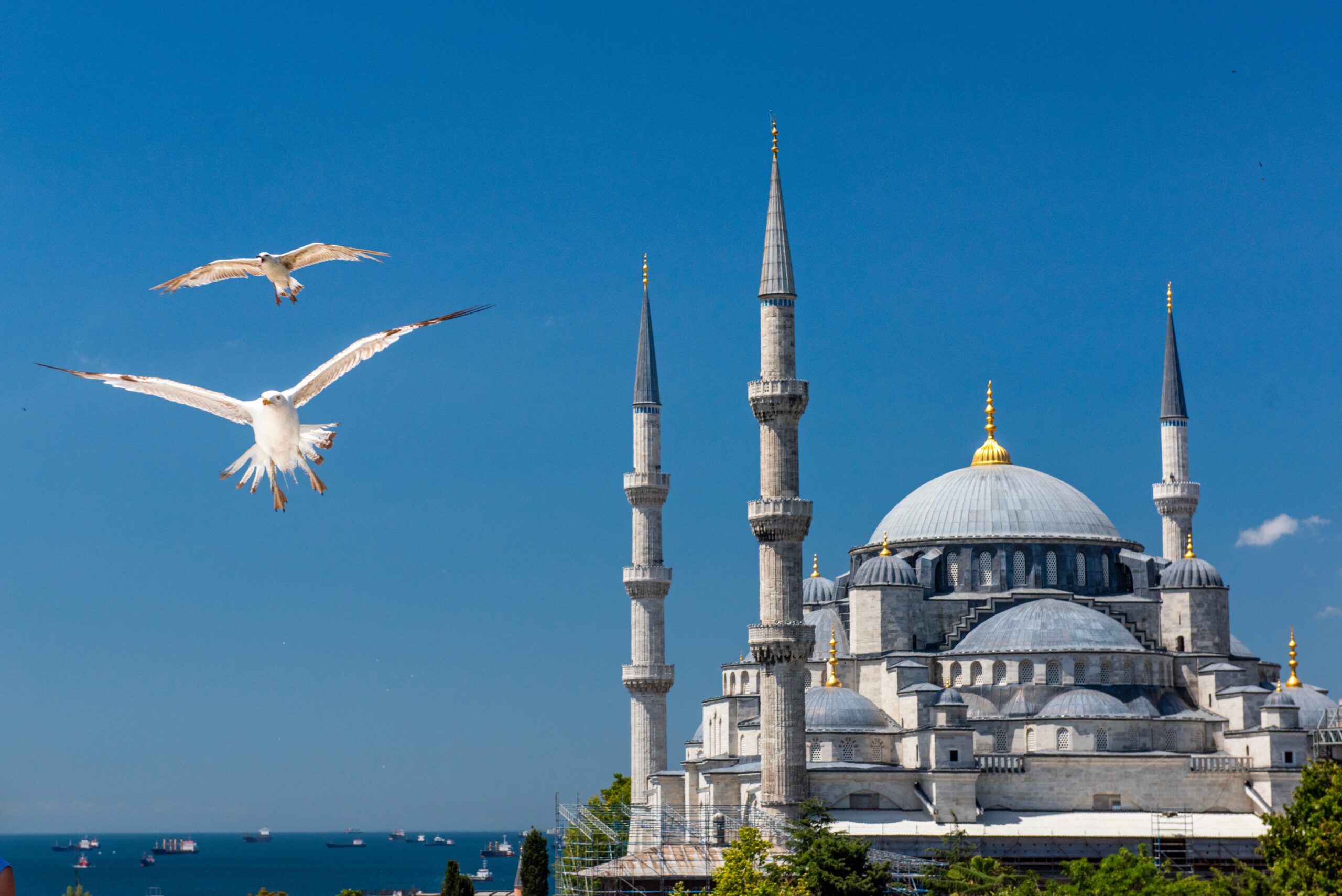
Seagulls have become a familiar sight in coastal cities, scavenging for food in parks and streets. They are opportunistic feeders, often relying on human leftovers. Seagulls nest on rooftops and tall structures, which provide safety from predators. Their loud calls and large groups are common in urban areas. Despite their coastal origins, seagulls have thrived in city life.
This article originally appeared on Rarest.org.
More from Rarest.org
15 Ways to Spot Fake Coins and Avoid Scams

When it comes to coin collecting, spotting a fake can be challenging but crucial to protect your investment. Read More.
13 Most Valuable Vintage Jeeps on the Market
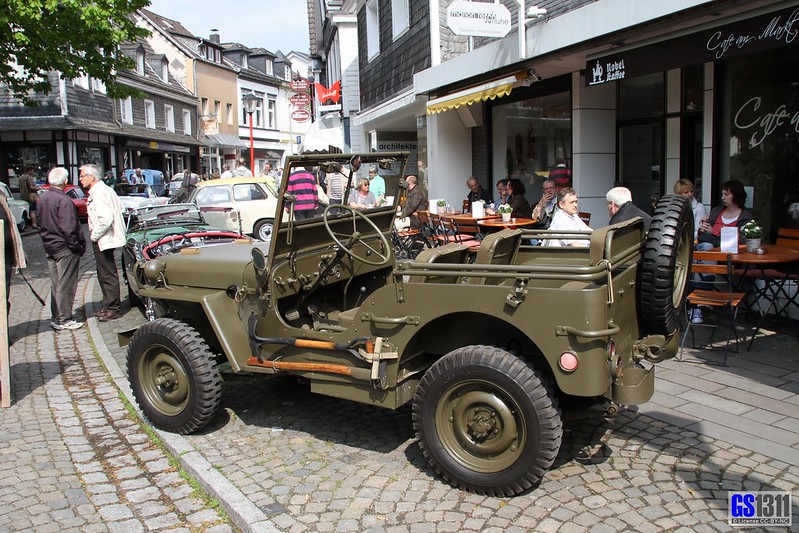
Vintage Jeeps hold a special place in automotive history, combining rugged durability with timeless design. Read More.
15 Antique Collectibles That Are Surprisingly Valuable

Collecting antiques can be more than just a hobby; it can be an unexpectedly lucrative venture. Many everyday items from the past, often overlooked or tucked away in attics, have become highly sought-after collectibles that command impressive prices today. Read More.
